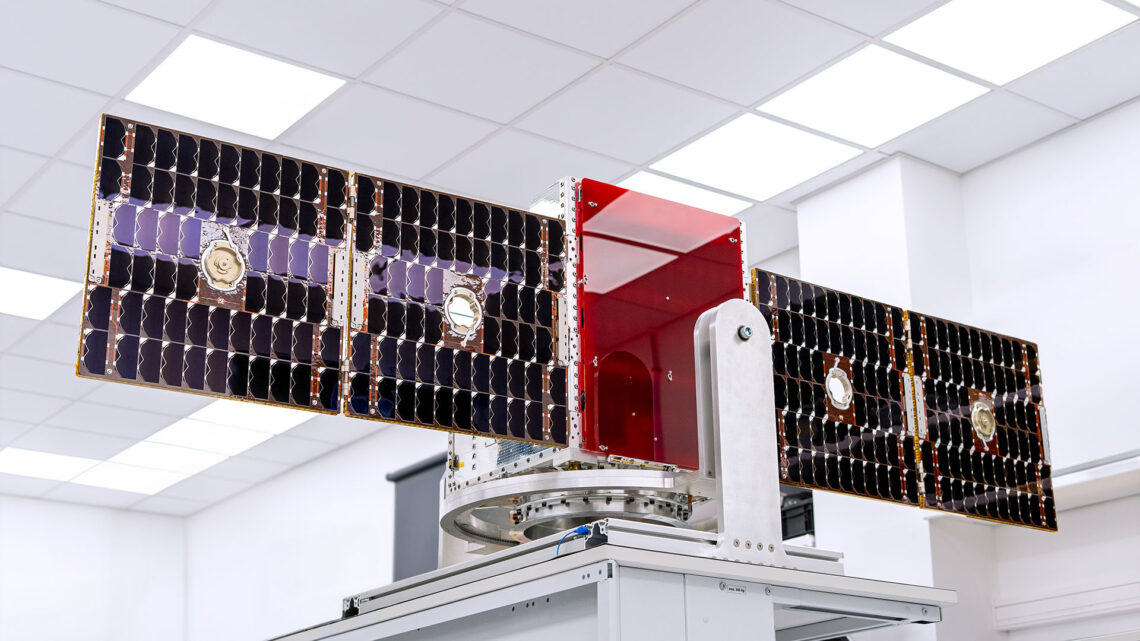WASHINGTON — Spanish defense contractor Indra has teamed up with local air navigation services provider Enaire to order two satellites next year to test their proposed air traffic surveillance and communications constellation.
Their joint venture, Startical, said March 18 it has ordered a 20-kilogram satellite from GomSpace and a 110-kilogram satellite from Kongsberg NanoAvionics — the first of more than 270 spacecraft planned for low Earth orbit.
Startical said the GomSpace satellite would be deployed in early 2025, followed by NanoAvionics around the middle of the year, but did not disclose launch details.
The company plans to test the performance of a receiver for tracking Automatic Dependent Surveillance-Broadcast (ADS-B) signals from aircraft and a very high-frequency (VHF) radio system for improving pilot communications.
Financial and technical details were not disclosed.
“Our goal is to become the main global provider of air traffic management technology in the space segment and a market leader in satellite surveillance and voice and data communications services,” Startical CEO J. Enrique González Laguna said in a statement.
Satellite operator Viasat seeks to improve airspace-tracking capabilities with its L-band satellites to complement currently congested VHF data links, as part of an air traffic modernization program with the European Space Agency.
According to ESA, fitting aircraft with higher-bandwidth communications would give air traffic controllers more data to schedule landings in advance, minimizing fuel consumption and maximizing airspace and airport capacity.
Viasat says communications between pilots and controllers using the Iris network could also move from voice to text messages for improved operational safety and efficiency.
Europe’s easyJet recently became the airline to use Iris commercially, Viasat announced Jan 29.
“Iris provides everything the industry needs to modernise Air…
Read the full article here


